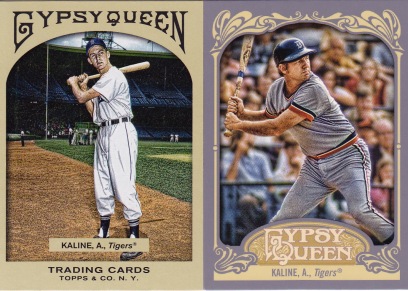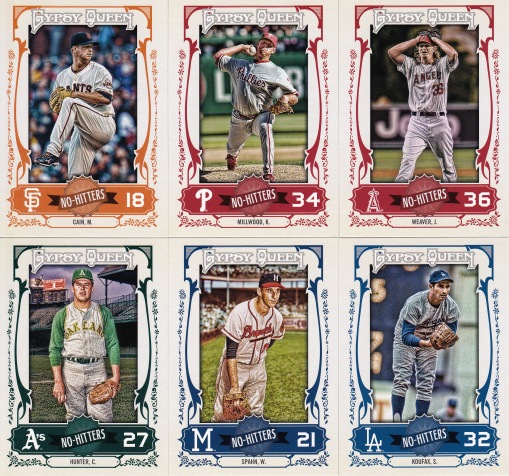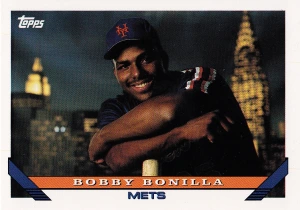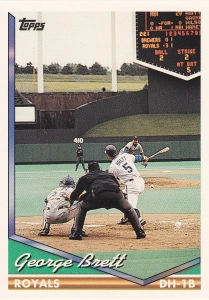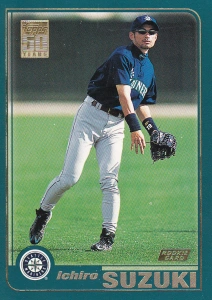I was pretty intrigued by two cards I dubbed “best action photo in 1992 Topps” in yesterday’s post.
First, the two cards in question, both of which have a similar picture from third base at Shea Stadium.
I decided to do some work to see if I could determine the dates and details of the games. As you’ll see, I was successful for both, but I started with the Strawberry as there was more information available from the photo and I knew I’d be able to pinpoint the details for that card.
For one thing, it’s much easier to narrow down because the road team is featured. Whereas the Brooks card has 81 potential home games to get through (and much less information on the card anyways), there were only 6 games where the Dodgers played at Shea in 1991. Plus, I can see the inning on the Strawberry card as well. I’ll blow it up so you can best see it on the blog.
I liked what I found. This one is from a game on July 21, 1991 and has a pretty cool back story. Strawberry was not only facing off against his former team – none other than Dwight Gooden was on the mound that day! Strawberry singled off him to lead off the 2nd inning and then Chris Gwynn walked to move Darryl over to second base. Lenny Harris (#29 – you can see that on the scoreboard) then knocked a single to left field on a 3-2 pitch to score Strawberry. Gwynn was later forced at 3rd, but Gooden gave up 3 runs that inning.
The Mets wound up getting Doc the victory anyways. Interestingly enough – this was the only hit Strawberry ever got off the teammate he is forever linked with. Oh, and last thing – that’s Mike Winters manning the second base umpire spot.
The Brooks card was much more difficult, but I was able to pinpoint that one as well. The only piece of info for that card that was more helpful? There’s only one umpire I’d recognize just about anywhere, and if that’s not Eric Gregg over Brooks’ shoulder than I’m an Ewok.
The key here was that I could tell from the scoreboard that Mackey Sasser was batting, as he was #2 for the Mets in 1991. I think that’s him rounding first, but can’t tell for sure as the number on the runner’s uniform is too difficult to see. Anyways, Mackey being the hitter was very helpful. If I assumed Brooks scored on this play, I would need to sift through 48 Brooks runs (25 were at home). With Sasser, there were only 35 RBI (21 at home). Linking the two up helped. Of course, it’s always possible Brooks was thrown out at home in which case I’d have to learn how to figure that out. Or just give up.
It was actually a little easier than I thought. Using Baseball Reference, I found out that Mackey knocked Brooks in on 3 separate occasions in 1991. Of those, only one happened at Shea Stadium – June 30th, in a 10-9 loss to Philadelphia. Interestingly, Gooden also pitched this game, though it was the Phillies’ Danny Cox who was on the hill for this hit. In the bottom of the 4th inning of a 4-0 game, Kevin McReynolds singled off Cox with one out. Howard Johnson then flew out before Cox hit Brooks with the pitch. Sasser then came up and doubled off Cox to knock both McReynolds and Brooks in to make it 4-2. So, not seen on the card is the fact that McReynolds scored ahead of Brooks.
And yes, that’s Eric Gregg behind Brooks. Yub Yub.































































